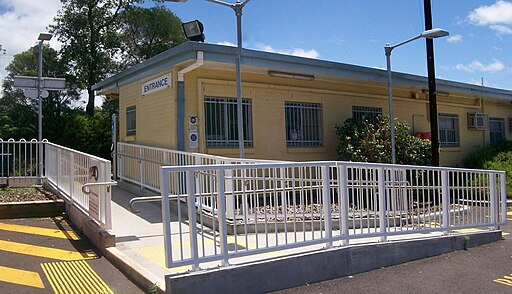Accessibility is about people, not standards
Over the years, I worked with some clients that were more interested in compliance with standards than with making their site accessible. It was as if, for them, accessibility was just a somewhat interesting by-product of their work on complying with accessibility guidelines and standards. I can’t necessarily fault these clients as they often were under legal requirements to comply with a specific level of standards.
When redesigning a site for accessibility, the purpose of the exercise is to make the site accessible so that people, regardless of impairment or ability, can use the site.
The accessibility guidelines are there to guide us in making websites more accessible. But they aren’t the be-all and end-all of accessibility.
The guidelines don’t always get it right. And let’s not forget that with the changes and evolution in technology, standards need to be updated. With all that in mind, I find it difficult when a client tells me that they won’t do X because it’s beyond their scope.
I’ve had clients more or less say “We’re targeting WCAG AA, so we don’t want to know about anything that is out of that scope”. Yet, small variations to AA would have been easy to implement, and made their site more accessible to more visitors.
Some building accessibility standards, such as the New Zealand Building Code accessibility standard, talk about “Acceptable solutions and verification methods”. This makes sense. They provide a standard, but allow for variations on the standard, as long as it can be demonstrated that the solution used is as accessible, or more, than the ones in the standard.
For example, in most countries, the building standards call for a wheelchair ramp to be no steeper than 1:12. In other words, the ramp should not go up more than 1 meter or foot for every 12 meters or feet of length. Australia’s standard 1428.1 calls for ramps no steeper than 1:14 while the United Nations enable suggest a maximum slope of 1:20. There is no reason whatsoever that you can’t rely on a more accessible ramp slope, even if the standards in your country only call for a 1:12 ramp.
 ](https://commons.wikimedia.org/wiki/File%3AGerringong_railway_station_access_ramp.jpg)
Wheelchair ramp in Australia. By Abesty CC BY-SA 4.0
](https://commons.wikimedia.org/wiki/File%3AGerringong_railway_station_access_ramp.jpg)
Wheelchair ramp in Australia. By Abesty CC BY-SA 4.0
There is no reason for you not to implement elements of accessibility that fall within the scope of WCAG AAA, even if the scope of your accessible redesign only calls for WCAG AA. For instance, Link purpose (in context) SC 2.4.4 as opposed to Link purpose (link only) SC 2.4.9. The more lenient SC tends to be the one most companies go for, but can quickly lead to multiple links with the same text. This can be a series of “Read more” links, or a series of “English | Spanish” links. When a screen reader user navigates the page tabbing from one link to the other, it can become confusing to have several links that say the same thing. And while technically, the context around the link will provide information about the link’s destination, it forces users to stop their flow, and try to read around the link to figure out the context.
It’s our job as accessibility experts to guide these clients towards understanding that accessibility isn’t a checklist, and that standards aren’t a target. We have a responsibility to educate – even if you think it’s not part of our mandate. We ought to know best practices, and share that knowledge with our clients and colleagues.
Because accessibility isn’t a checklist and accessibility standards aren’t a target to reach and forget about. They are merely a tool to help us make the web more accessible and usable for all (regardless of impairment). Accessibility is about people, not about standards or guidelines.